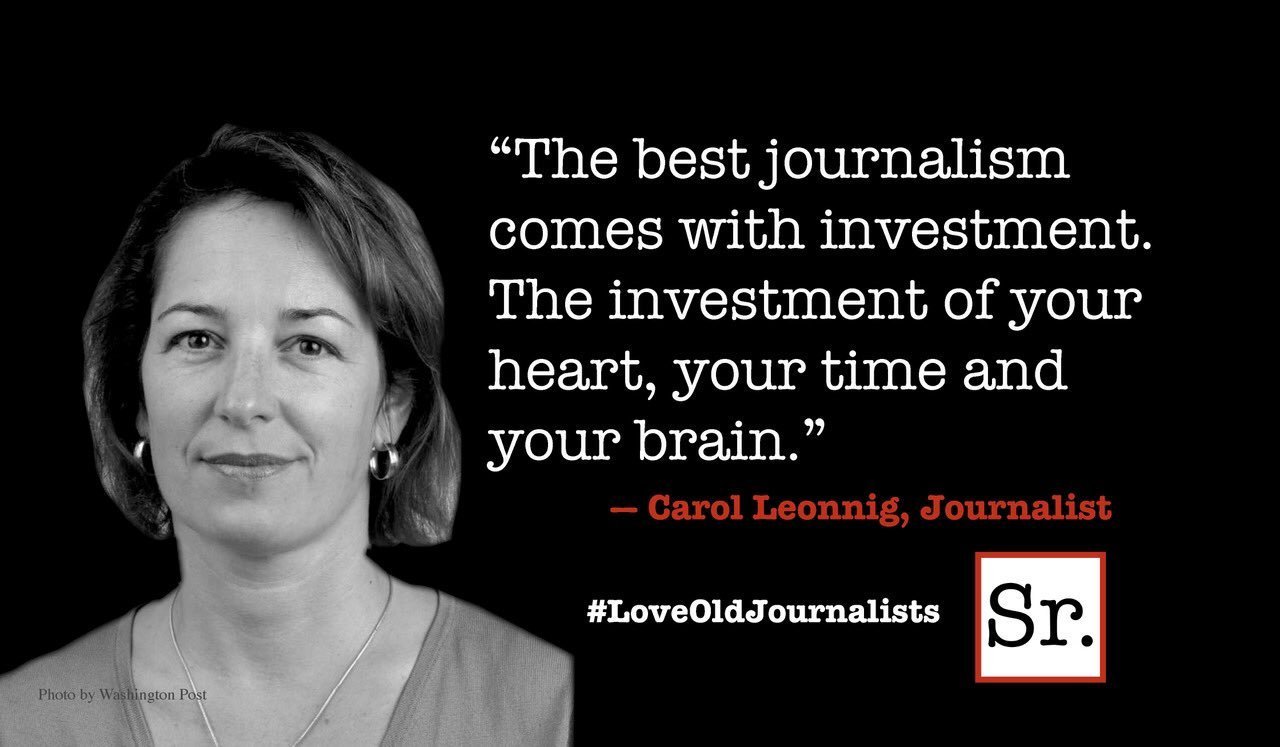You’re taking an important potential client to dinner at a restaurant you’ve only read about: top class. And you know it’s going to impress the client, by its reputation alone. The maitre d’ greets you and walks you both to your table. He tells you your waiter will be right over to help you. After you’ve both selected your meals and you mention wanting a wine, the waiter says, “Here, let me bring the sommelier over to help you select the perfect wine.”
The script that’s running in the back of your mind is “Who do I tip what? How do I not look like a fool? Was I supposed to slip a $50 to the maitre d’? (You’ve seen them do that in the movies.) And when do I tip the sommelier?”
Financial Illiteracy blue squiggle
Tipping has probably caused more discomfort, even if only for a few moments, than any other financial transaction we handle on a regular basis. The pregnant pause as the bell captain plays with the air conditioner knobs in the room he just brought your suitcases to. The pizza delivery guy who hesitates a few extra seconds to see if you really want the change from the $20 you handed him.
We grow up hearing some rules about how to tip, and figure we’re okay in those particular situations. But what about all the rest we didn’t learn? And are those rules even right?
My Tipping Screw-Ups
I was shocked recently to read an article that told me my whole philosophy of tipping was wrong! There are many people who I’ve regularly over-tipped — all my life. But far worse than that, there are whole categories who I haven’t tipped at all!
Tim Urban of “Wait But Why” wrote an article called Everything You Don’t Know About Tipping. He worked in the service industry, so had a basic understanding, but went on to survey “waiters, bartenders, baristas, manicurists, barbers, busboys, bellmen, valets, doormen, cab drivers, restaurant delivery people, and even some people who don’t get tipped …”
Tim also called upon the impressive knowledge of tipping expert Wm. Michael Lynn, especially regarding the different tipping practices by customer demographics: age, gender, race, religion, etc.
The most important lesson I learned was that tips are not moneys that supplement a limited, but reasonable, salary for service providers. To learn that waiters count on tips for 85-100% of their income makes me cringe at the times the service was bad enough for me to leave little or no tip.
Here’s more: for restaurant delivery people, tips make up 30-70% of their income. For bartenders, it’s 70-100%. For the hotel bellman, it’s 50-75%.
I’ve taken the liberty of condensing Tim Urban’s terrific “Tipping Statistics” table, but be sure to check his article out for more detail. Here I list: service provider, low-to-high tip range and what percent of income comes from tips.
- Waiter: under 17% to over 20% of tab, makes up 85-100% of income.
- Restaurant Delivery: under $2 to $4 or 20% of tab, makes up 30-70% of income.
- Restaurant Takeout: $0 to 10-20% of tab, makes up negligible amount of income.
- Bartender: per beer or drink, under 15% to over 20% of larger tabs, makes up 70-100% of income.
- Barista: $0 to $1 or more, makes up 20-40% of income.
- Cab Driver: under 10% to over 18%, makes up 15-30% of income.
- Valet Guy: $1 to $5 or more, makes up 50-75% of income.
- Hotel Bellman: $2-5 (total) to $4-5 per bag, makes up 50-75% of income.
- Apartment Doorman: $20-50 to $100-500 at Christmas, makes up 10-20% of income.
- Hair/Nail Salon or Barbershop: under 15% to over 25% of tab, makes up 25-50% of income.
By the way, tips are calculated on the pre-tax amount of the bill, in case taxes are charged.
What Determines How Well to Tip?
According to the service providers themselves, certain factors should be used in determining how well to tip a person. (And not the old guidelines we’ve been carrying around in our heads for generations.) Those factors are:
- How much time the person spent assisting you. For example, for bartenders, snapping open a beer versus making complicated cocktails.
- How much effort the person put out to serve you. For example, for food delivery, how far the person had to drive … and even whether it was raining or not!
- If it’s a “tipped profession,” which U.S. employers have translated into transferring the payment burden from the employer to the customer. Waiters and bartenders make $2-5 an hour, closer to $2, so your tips are critical.
- The service you actually received. Sounds logical, but those surveyed said the “set percentage in the mind” actually overrides quality of service all too often.
Tipping Abroad
For those of us who travel internationally, Magellan’s provides a World Tipping Guide that makes it clear that Americans are some of the most generous tippers. That’s probably because the service industry has created that expectation by paying lousy salaries to their service staff.
P.S. About the Maitre d’ and the Sommelier
As for the fine-dining restaurant situation we started with, the maitre d’ is usually only tipped if he provides some exceptional service, like finding a table when there are no tables available. Also, as the person in charge of the “front of house,” if the entire dining experience was exceptionally orchestrated, a tip can be appropriate. (But, of course, only after the meal.) Otherwise, he gets part of the waitstaff tips at the end of the night. As for the sommelier, she gets 15-20% of the wine bill if she was especially helpful in selection and serving. (If you tip the sommelier, you calculate the waiter’s tip on the food only.)








